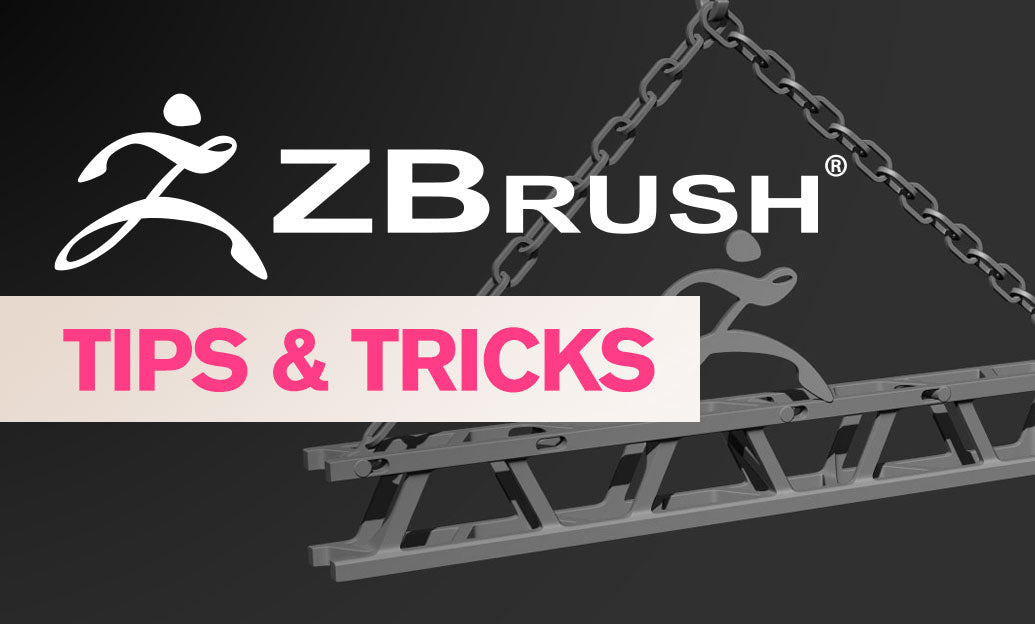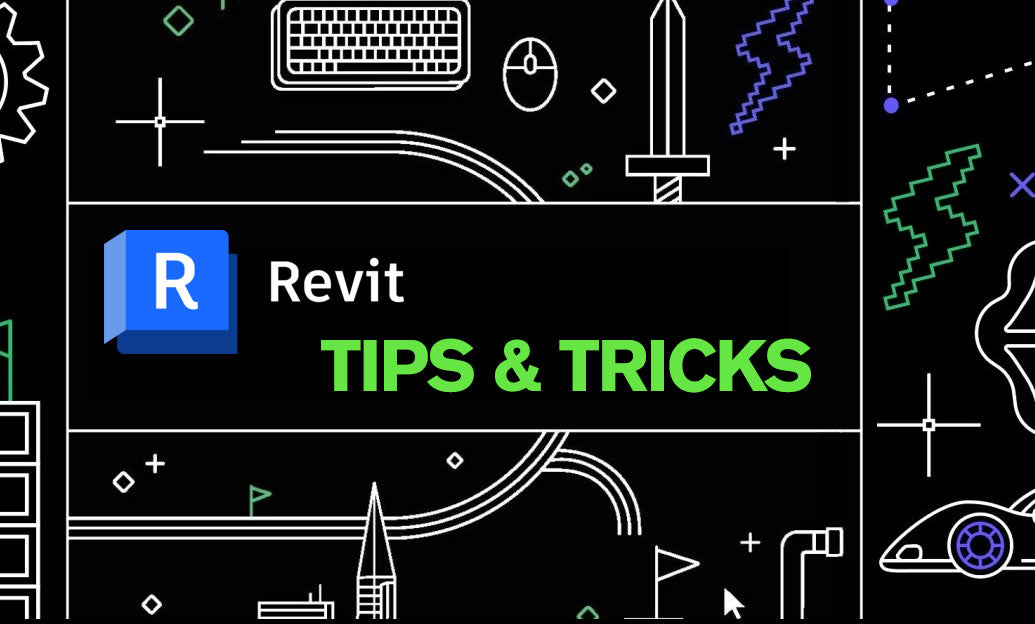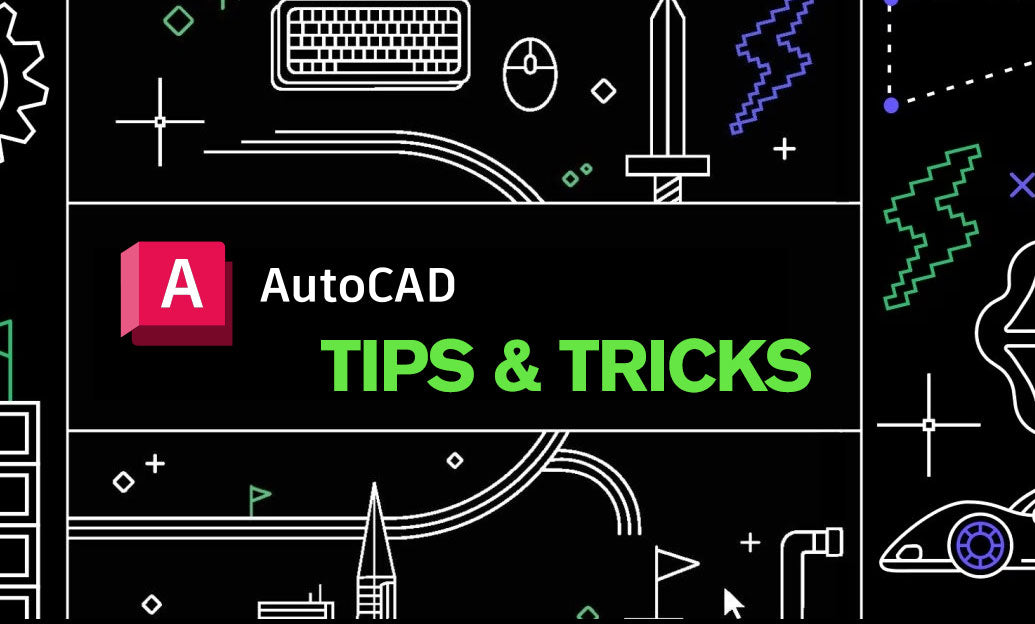Your Cart is Empty
Customer Testimonials
-
"Great customer service. The folks at Novedge were super helpful in navigating a somewhat complicated order including software upgrades and serial numbers in various stages of inactivity. They were friendly and helpful throughout the process.."
Ruben Ruckmark
"Quick & very helpful. We have been using Novedge for years and are very happy with their quick service when we need to make a purchase and excellent support resolving any issues."
Will Woodson
"Scott is the best. He reminds me about subscriptions dates, guides me in the correct direction for updates. He always responds promptly to me. He is literally the reason I continue to work with Novedge and will do so in the future."
Edward Mchugh
"Calvin Lok is “the man”. After my purchase of Sketchup 2021, he called me and provided step-by-step instructions to ease me through difficulties I was having with the setup of my new software."
Mike Borzage
Top 5 Customization Techniques for RailClone to Enhance Your 3ds Max Workflow
January 18, 2025 5 min read


Introduction
RailClone has emerged as a powerful parametric modeling tool within 3ds Max, revolutionizing the way designers approach complex structures and repetitive elements. By automating the distribution and manipulation of geometry, RailClone integrates seamlessly with 3ds Max to enhance productivity and creativity. In modern design workflows, parametric modeling is essential for creating adaptive and efficient models that can easily respond to changes and variations.
While RailClone offers a robust set of features out of the box, unique design requirements often necessitate customization. Tailoring RailClone to specific project needs allows designers to push beyond standard capabilities, achieving bespoke results that set their work apart. Customizing tools like RailClone not only addresses unique challenges but also unlocks new possibilities in design exploration.
The purpose of this article is to introduce the top five ways to customize RailClone, empowering designers to enhance their productivity and creativity. By delving into custom generators, expressions, custom geometry, advanced materials, and scripting, we'll explore how to harness the full potential of RailClone for your projects.
Creating Custom Generators
Understanding generators in RailClone is fundamental to leveraging its full capabilities. Generators control the distribution of geometry along paths or within arrays, with linear and array generators being the most common types. Linear generators distribute geometry along a spline, perfect for creating objects like fences, railings, or roads. Array generators, on the other hand, distribute geometry in two dimensions, ideal for facades, cladding, or tiled patterns.
To create custom generators, start by accessing the RailClone Style Editor. This node-based interface allows you to define how geometry is distributed and manipulated. By setting up new generators, you can create unique patterns and arrangements that go beyond the default settings. This involves connecting segments, defining rules for distribution, and adjusting parameters to achieve the desired effect.
The benefits of creating custom generators are significant. You can achieve complex designs not possible with default settings, allowing for greater creativity and precision. Moreover, customized setups save time on repetitive tasks, as you can define patterns and rules once and apply them across your project. This level of control empowers you to bring intricate design concepts to life efficiently.
Using Expressions and Arithmetic Operations
Expressions in RailClone add a layer of dynamic control over parameters, enabling models to react intelligently to changes. By incorporating mathematical logic, you can create responsive designs that adapt automatically, reducing manual adjustments and potential errors.
Implementing arithmetic nodes within the RailClone Style Editor allows you to perform calculations that influence segment transformations. By connecting nodes, you can modify properties like position, rotation, or scale based on expressions. For example, you might adjust the height of segments based on their position along a spline or create a tapering effect by decreasing the size of elements incrementally.
Practical applications of expressions and arithmetic operations include creating adaptive models that respond to changes in length, curvature, or other parameters. This automation enhances efficiency, as the model updates automatically when source conditions change. Designers can focus on refining concepts rather than performing repetitive adjustments, leading to more innovative outcomes.
Integrating Custom Geometry and Assets
Integrating custom geometry into RailClone styles allows you to infuse your designs with unique elements. Preparing custom geometry involves modeling assets that are optimized for use within RailClone. Key considerations include ensuring correct pivot points and alignment, which determine how the geometry will be placed and oriented within the RailClone object.
Incorporating assets into RailClone styles is straightforward. You can replace default segments with your custom geometry by importing them into the Style Editor and connecting them to the appropriate nodes. Managing libraries of assets facilitates easy access and reuse, enabling you to build a collection of bespoke elements that can be deployed across multiple projects.
The advantages of using custom geometry are manifold. It enhances the uniqueness of your designs, allowing you to differentiate your work with personalized details. Additionally, it streamlines the reuse of bespoke elements, saving time and ensuring consistency across projects. By integrating custom assets, you elevate the overall quality and individuality of your designs.
Advanced Material Customization
Materials play a crucial role in the visual impact of your renderings. Managing materials within RailClone involves assigning and overriding materials on segments to achieve the desired appearance. Synchronizing materials between RailClone and the scene ensures that materials are consistent and render correctly.
Techniques for material variation include using RailClone Color for randomization. This feature allows you to introduce subtle differences in color or texture across segments, adding realism to your models. Blending materials is another technique that combines multiple materials to create complex effects, such as weathering or gradients.
The impact of advanced material customization on visual quality is significant. By achieving higher fidelity in renders, you enhance the realism and appeal of your designs. Advanced material control reduces the need for post-processing adjustments, streamlining your workflow and resulting in more polished final images.
Scripting and Automation with RailClone
Leveraging MaxScript with RailClone opens up possibilities for automation and extended functionality. MaxScript is the scripting language of 3ds Max, and it allows for the creation of custom tools, automation of tasks, and manipulation of object parameters. RailClone exposes its parameters to MaxScript, enabling you to script interactions and enhancements.
Automating common tasks through scripting can greatly enhance efficiency. Writing scripts to batch update styles or parameters means you can make widespread changes quickly and accurately. For example, you might automate the process of updating materials across multiple RailClone objects or adjust parameters based on project-specific criteria.
Expanding functionality through scripting includes the potential for creating custom user interfaces or integrating RailClone workflows with other tools and plugins. By automating repetitive customization processes, you free up time to focus on design and innovation. Scripting empowers you to tailor RailClone to your exact needs, pushing the boundaries of what's possible.
Conclusion
In summary, customizing RailClone through creating custom generators, using expressions, integrating custom geometry, advanced material customization, and scripting unlocks new levels of design capability. Each method enhances your ability to produce complex, unique, and adaptive models that meet specific project requirements.
The value of personalizing RailClone lies in the increased efficiency and innovation it brings to design projects. By experimenting with different customization techniques, designers can find new solutions to challenges and elevate the quality of their work. Embracing these methods leads to more dynamic and responsive design processes.
As you continue to explore RailClone's capabilities, consider pushing the boundaries of what's possible. Engage with resources and communities dedicated to RailClone and 3ds Max to further your learning and gain support. By investing time in mastering customization, you position yourself at the forefront of design innovation.
Also in Design News

ZBrush Tip: Mastering ZBrush Rotation Tool for Precise Model Adjustments
April 03, 2025 2 min read
Read More
Revit Tip: Enhance Energy Efficiency with Revit Solar Analysis Tools
April 03, 2025 2 min read
Read More
AutoCAD Tip: Optimizing AutoCAD Workflow with Effective Use of Drawing Properties
April 03, 2025 2 min read
Read MoreSubscribe
Sign up to get the latest on sales, new releases and more …


